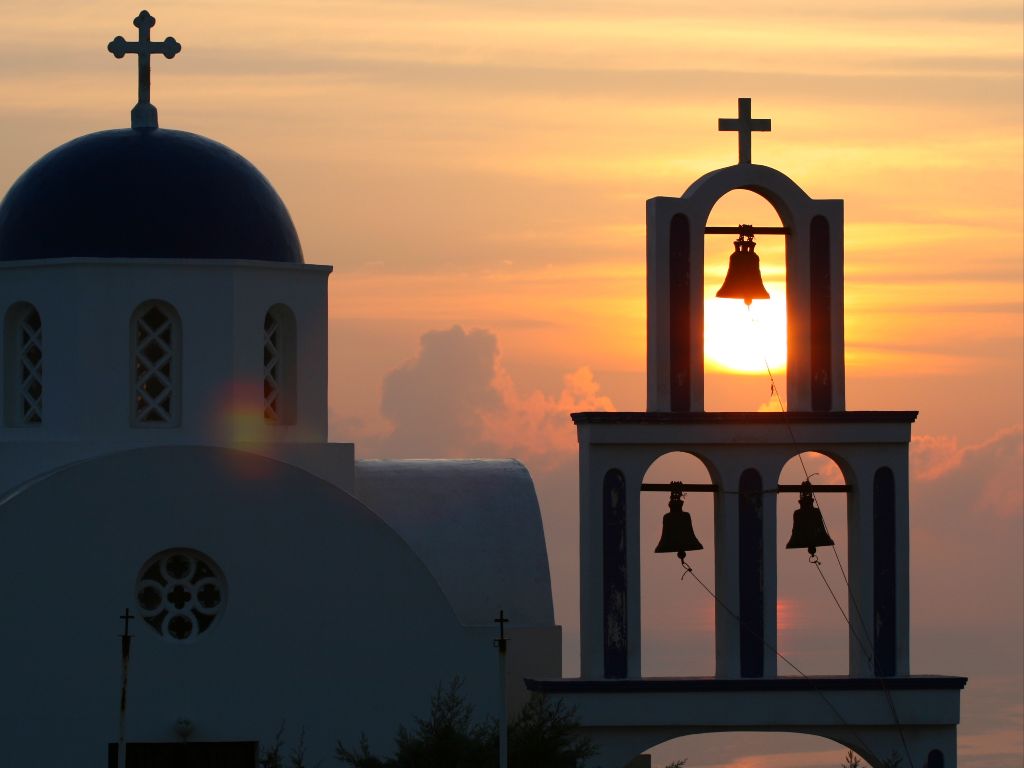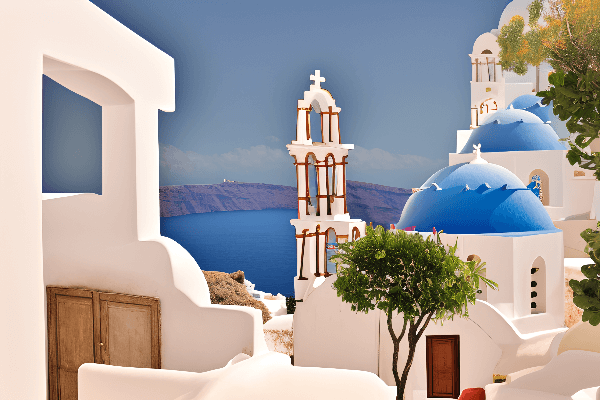Independent Greece’s Ownership: The Struggle for Land Reform and Property Rights
The modern state of Greece was founded in 1830 after a long struggle for independence from the Ottoman Empire. However, the new country faced significant challenges, including issues surrounding land ownership and property rights.
The Ottoman Empire had a complex system of land ownership, which made it difficult for Greek peasants to own land. Most of the land was owned by the Ottoman state or by large landowners, who often exploited their tenants and serfs. This system continued even after Greek independence, as the new government struggled to establish a system of property rights that would be fair and equitable for all Greeks.
The struggle for land reform began in earnest in the 1860s, when the government launched a series of initiatives to redistribute land and promote small-scale farming. One of the most significant measures was the establishment of land banks, which provided low-interest loans to small landholders and encouraged them to purchase land.
However, these initiatives were often met with resistance from large landowners, who saw them as a threat to their power and influence. Many landowners used their political connections to block land reform legislation, and some even resorted to violence to protect their interests.
Despite these challenges, the government continued to pursue land reform, and by the early 20th century, significant progress had been made. The establishment of the National Agricultural Bank in 1899 was a major milestone in the promotion of small-scale agriculture, and it provided crucial support to thousands of small landholders.
Another significant development was the establishment of a land registry system, which helped to establish clear property rights and reduce disputes over land ownership. This system also provided the government with a reliable source of revenue, as property taxes became a significant source of income for the state.
However, land reform was not without its challenges, and many Greeks continued to struggle with issues of land ownership and property rights throughout the 20th century. The devastation of World War II and the subsequent civil war had a significant impact on the country’s economy and society, and it led to further struggles over land ownership.
Today, Greece continues to face challenges related to land reform and property rights. The global economic crisis of the early 2010s had a significant impact on the country’s economy, and it led to further struggles over land ownership and property rights. Many Greeks lost their homes and businesses as a result of the crisis, and there has been ongoing debate over the role of the government in promoting land reform and protecting property rights.
In conclusion, the struggle for land reform and property rights has been a significant challenge for Greece since its independence in 1830. Despite significant progress in the 19th and 20th centuries, many Greeks continue to struggle with issues of land ownership and property rights today. Addressing these challenges will be crucial for the country’s continued economic and social development, and it will require ongoing efforts from the government, civil society, and the private sector.



